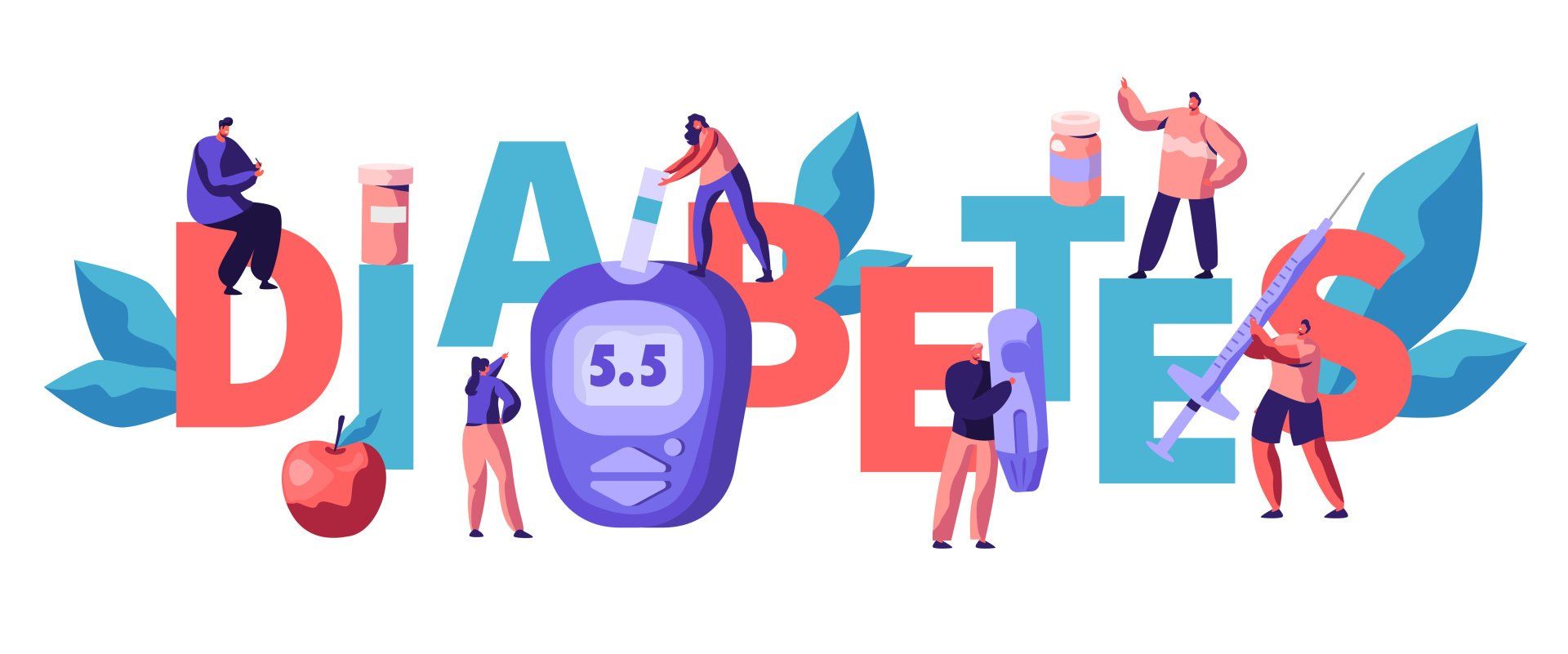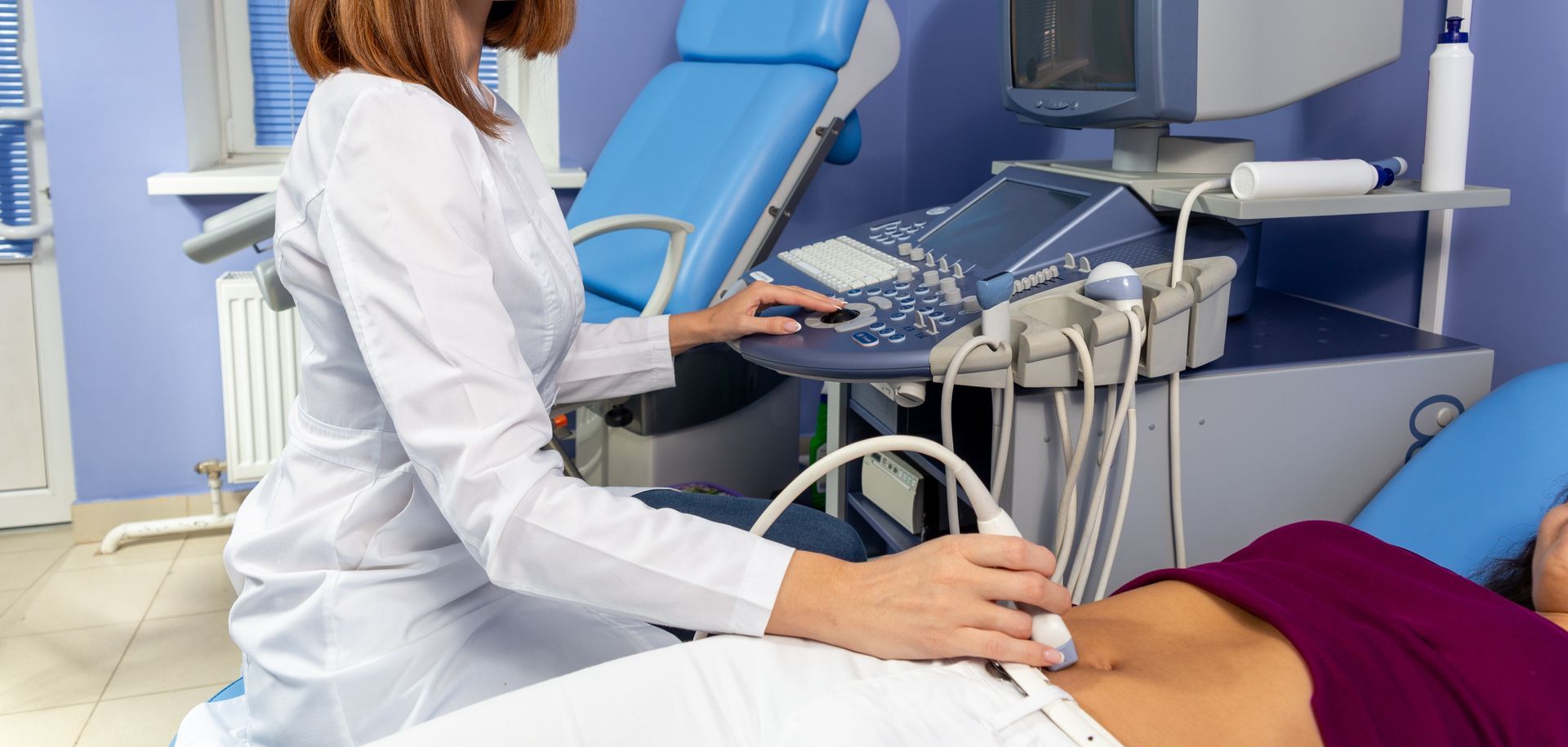Recent Posts
How Teachers Can Help Students with Diabetes

As of 2015, an estimated 132,000 American children and teenagers under 18 have been diagnosed with some form of diabetes. Despite these numbers, many teachers haven’t received in-depth diabetes training. If you have yet to encounter or aren’t sure how to best accommodate students with diabetes, this summary will help you learn the basics of how to address it in the classroom.
#1 Treat the Student with Respect
Even though diabetes is more widely accepted and understood than other medical conditions, it is still serious and should be approached with the appropriate gravity. Your student may want to keep this information private because they feel that they are different from their peers. They may even be picked on for their glucose monitor or diet plan.
Play it safe and do not bring unnecessary attention to the student’s medical situation. If the student wishes to talk about diabetes freely, sharing may boost their confidence and provide a great learning opportunity for other students. However, that is their personal choice.
#2 Allow the Student to Manage Their Diabetes
Most students have been coached by family members and doctors on how to manage their diabetes. Because of this, it’s best to let your student take care of their own medical condition.
Here are some of the things a student with diabetes may need from you so they can successfully manage their condition:
- A water bottle or gallon jug at their desk – Diabetes makes people extremely thirsty, so your student will need to hydrate throughout the day to stay healthy.
- Unlimited restroom breaks – Because your student is staying hydrated, they will need to use the restroom more often than the typical student. Let them leave their desk quietly whenever they need to – preferably without forcing them to ask permission every time – and let them know ahead of time if they need to take the restroom pass with them.
- Permission to snack throughout the day – Diabetes is a delicate balance between hypoglycemia (low blood sugar) and hyperglycemia (high blood sugar). Regular snacking is the only way to make sure sugar levels never rise too high or dip too low.
- Access to their diabetes management tools – Insulin pumps may be mildly distracting, but they typically aren’t louder than your average watch ticking noise or phone vibration. Similarly, most students will be quick and efficient with their glucose monitor. Allow students to use these tools in class so they don’t miss more of their lesson than necessary.
- Smartphone use – Many patients now use smartphone apps to manage their diabetes and keep track of their medical data. Try not to assume your student is texting or browsing social media unless they give you good reason to be suspicious.
#3 Don’t Be Too Quick to Chastise
You may assume if your student is talking back to you or causing a disruption that they are merely being unruly. However, they may be behaving inappropriately because of diabetes, not because they don’t respect you. Be sure you know your student’s “normal” behavior so you can quickly identify when they’re acting out of sorts.
Here are some common classroom misbehaviors that may be attributable to diabetes:
- Inappropriate attitude/talking too loudly – While this may be indistinguishable from rudeness, the student may not be in control of their emotions. Gently but firmly steer the classroom conversation in a different direction and privately remind your student to double check their blood sugar.
- Getting out of their chair – Your student may feel anxious or restless due to their diabetes and may be trying to alleviate their discomfort the best way they know how.
- Sleeping in class – Tiredness and lethargy are common symptoms of diabetes and may indicate hypoglycemia.
- Lack of focus/failing to answer a question – Diabetes patients may quite literally lose eye focus, and fluctuating blood sugar levels can make your student’s head feel so foggy they cannot grasp the lesson you are teaching or the question you are asking.
#4 Prepare for Food Lulls and Emergencies
Students with diabetes should have access to a sugary snack, like a juice box or a handful of jelly beans, in case they need to get their sugar levels up right away. Keep a snack in your classroom and on your person at all times.
This is especially important when the school day is disrupted, like when there is a:
- Fire drill
- Lockdown drill
- Natural disaster drill
- Field trip
- Pep rally
- School assembly
- Guest speaker
- Field day
- Movie screening
- School performance
It is also important to stay up to date on emergency protocol. Research the more severe symptoms of diabetes just in case your student ever becomes incapacitated or unresponsive.
#5 Communicate with Others
You certainly don’t have to manage a student’s diabetes alone. Keeping others in the loop ensures you have backup when you’re out of the classroom or if an emergency occurs.
Ideally, you should be communicating with the following people:
- The student themselves – Your student may not realize that their teachers are informed about their medical conditions. You should speak with the student, preferably with their parent(s)/guardian(s) present, about what they may need or want from you. If they want a reminder to eat or check their blood sugar levels, come up with a discreet code word or signal that won’t attract the attention of the other students.
- A trusted student peer – Diabetes and low blood sugar never strike at a convenient time. Unfortunately, you may not be able to leave the classroom when your students’ blood sugar drops, especially if another teacher isn’t available to keep an eye on your class. Assign the student a responsible and empathetic buddy to accompany them to the nurse in these situations, but do not tell the buddy more than they need to know.
- The student’s parent(s)/guardian(s) – This goes without saying, but your student’s parent or guardian should always be in the loop so they have confidence their child is in good hands. Parents and guardians can provide crucial information about their child’s symptoms and diet plan. You should also be courteous and prepare parents or guardians for events where new foods might be served, or events where their child may need to bring additional snacks to sustain them throughout the day.
- Other teachers and staff – Substitute teachers, teachers in joint classrooms, school nurses, gym teachers, lunch/recess monitors, etc. all need to be told about the student’s diabetes so they are under watchful protection at all times.
#6 Inform Yourself
Even the occasional teacher training is unlikely to catch you up to speed on all the facets of living with diabetes. The more you can inform yourself about the intricacies of a life with diabetes and the legislation that protects students with diabetes, the better you can care for your students. The American Diabetes Association® is a reputable and in-depth resource for those looking for more information on diabetes.
Seek Diabetes Information and Care at St. Hope Foundation in Houston, TX
Diabetes management might feel like a scary undertaking, but the physicians and specialists at St. Hope Foundation are here to guide you with information and strategies. We are a nonprofit that provides both pediatric and diabetes care – as well as many other medical services – to people in the greater Houston area. Our approach is friendly and holistic so each patient comes away with a medical solution they feel they can implement in their own lives.
To schedule an appointment, call us at 713-778-1300.









